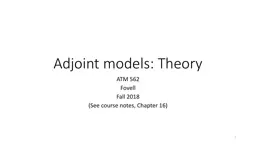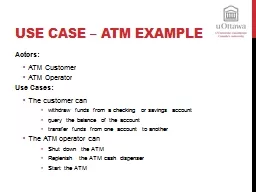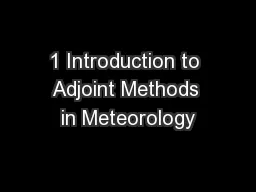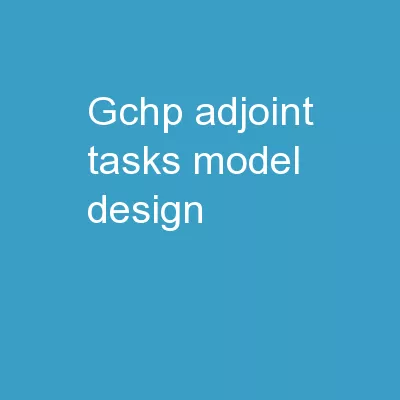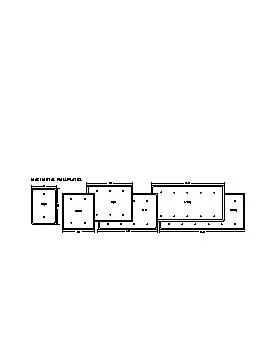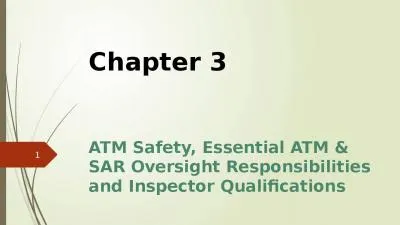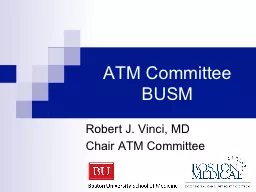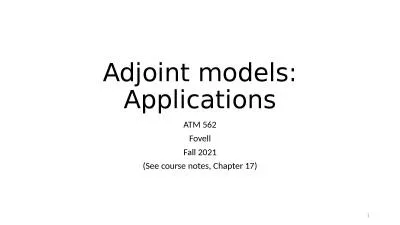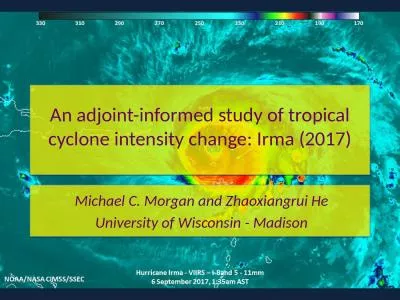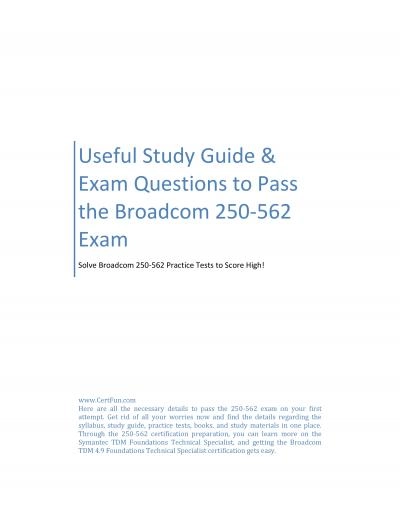PPT-Adjoint models: Theory ATM 562
Author : tatyana-admore | Published Date : 2018-12-15
Fovell Fall 2018 See course notes Chapter 16 1 Motivation We often look at a forecast and wonder where did this come from and how could this be changed especially
Presentation Embed Code
Download Presentation
Download Presentation The PPT/PDF document "Adjoint models: Theory ATM 562" is the property of its rightful owner. Permission is granted to download and print the materials on this website for personal, non-commercial use only, and to display it on your personal computer provided you do not modify the materials and that you retain all copyright notices contained in the materials. By downloading content from our website, you accept the terms of this agreement.
Adjoint models: Theory ATM 562: Transcript
Download Rules Of Document
"Adjoint models: Theory ATM 562"The content belongs to its owner. You may download and print it for personal use, without modification, and keep all copyright notices. By downloading, you agree to these terms.
Related Documents

